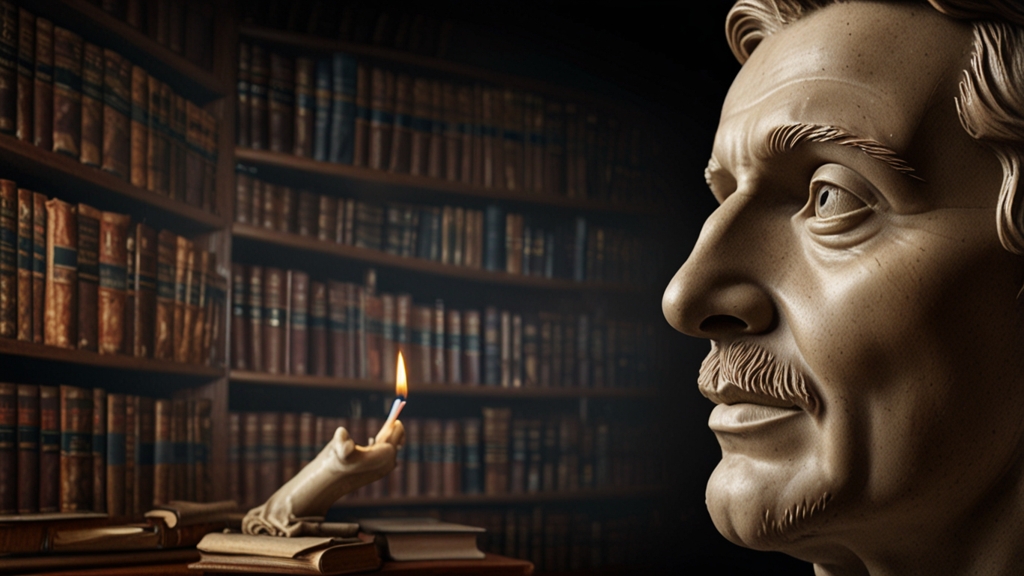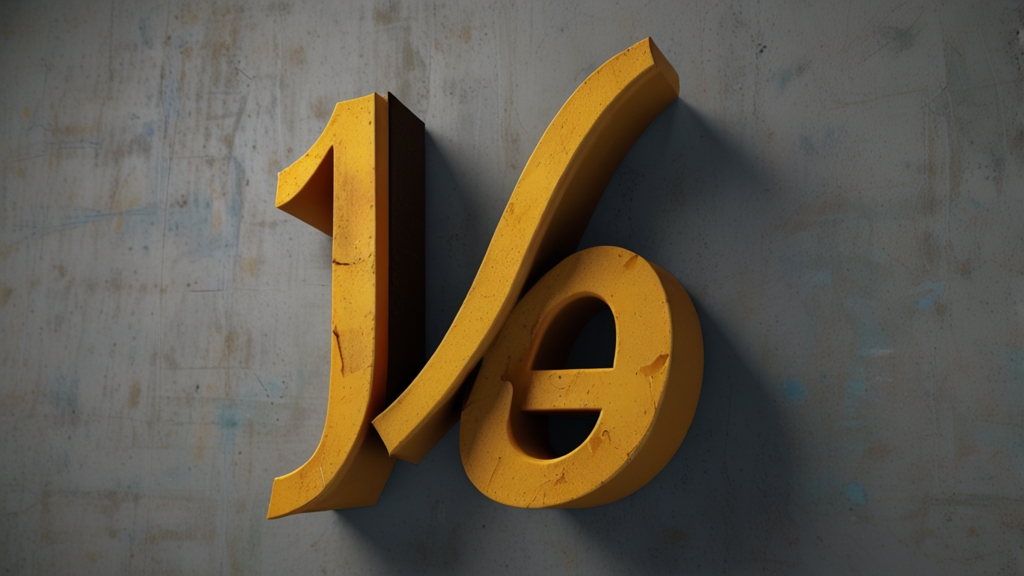Behind the Iron Curtain: Life in a Divided World
In the aftermath of World War II, the world found itself split not just by geography but by ideology. The Iron Curtain, a term popularized by Winston Churchill, came to symbolize the division between the Soviet-controlled Eastern Bloc and the Western nations led by the United States. This ideological rift led to the establishment of distinct socio-economic systems, governed by varying degrees of freedom, governance, and daily life experiences.
Political Landscape
Under the shadow of the Iron Curtain, countries in Eastern Europe, such as East Germany, Poland, Hungary, and Czechoslovakia, fell under strict Soviet influence. The Communist regimes established were marked by authoritarian rule, state control over economic activities, and limited personal freedoms. Citizens found themselves under constant surveillance, with political dissent ruthlessly suppressed.
"A shadow has fallen upon the scenes so lately lighted by the Allied victory... From Stettin in the Baltic to Trieste in the Adriatic, an iron curtain has descended across the continent." – Winston Churchill, 1946
Economic Conditions
Contrary to the market-driven economies of the West, Eastern Bloc countries adopted centrally planned economic systems. The state controlled all means of production and distribution, setting quotas for industries and agriculture. Unfortunately, this often led to inefficiencies and shortages. Basic goods like food, clothing, and even housing were scarce and had to be meticulously rationed. Long queues for everyday items became a grim reality for many residents.
Social Life and Culture
Social life behind the Iron Curtain was heavily influenced by the state. Cultural activities were often monitored and censored to ensure conformity with Communist ideals. Propaganda was pervasive across all media—television, radio, and newspapers. Despite these restrictions, a rich underground culture flourished. Samizdat, the clandestine copying and distribution of literature banned by the state, became a courageous act of defiance against the oppressive regime.
Education and youth programs were tailored to indoctrinate the younger generations with Communist ideologies. However, this did not stop curiosity and intrigue about the Western way of life from seeping through. Smuggled Western music records, books, and even fashion styles became secret treasures, offering a glimpse of the freedom and diversity on the other side of the Curtain.
Freedom and Surveillance
The most jarring aspect of life behind the Iron Curtain was the lack of personal freedom. State security apparatuses like the Stasi in East Germany and the KGB in the Soviet Union kept a watchful eye on the populace. Travel to Western countries was heavily restricted, rendering the Iron Curtain not just a metaphorical barrier but a literal one as well.
"Everything belongs to the state, from your job to your thoughts." – Anonymous East German citizen
Glimpses of Change
The Iron Curtain began to show cracks in the late 1980s. Economic difficulties, combined with the rise of reformist leaders like Mikhail Gorbachev, led to a wave of change. Gorbachev's policies of Glasnost (openness) and Perestroika (restructuring) created an atmosphere where dissent and demands for freedom could finally breathe. The crescendo of these movements culminated in the fall of the Berlin Wall in 1989, an emblematic event that ultimately led to the dismantling of the Iron Curtain.
As the Curtain fell, the world saw an unprecedented transformation. Countries that had been shackled by years of oppression were now free to explore their own paths. The reunification of Germany, the Velvet Revolution in Czechoslovakia, and the rise of independent democracies across Eastern Europe signaled a new era of hope and opportunity.
Conclusion
The Iron Curtain was more than just a physical barrier; it represented a world torn apart by ideological extremes. While life behind it was fraught with challenges and deprivations, it also birthed stories of incredible resilience and an unwavering quest for freedom. The experiences of those who lived on either side of the Iron Curtain continue to serve as a potent reminder of the value of liberty and the enduring human spirit.







